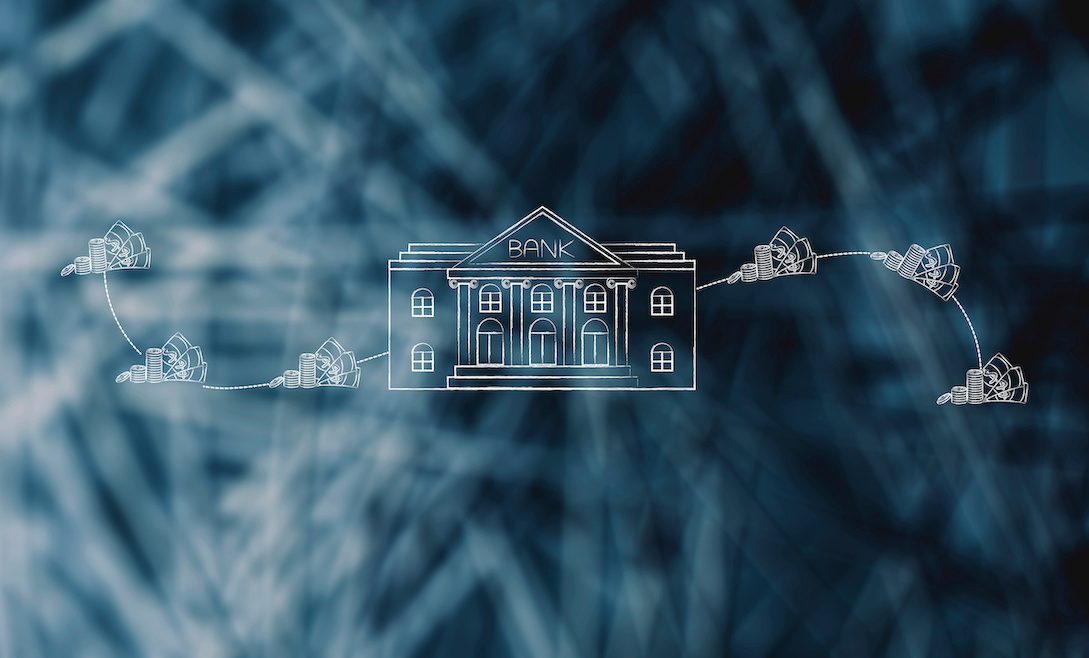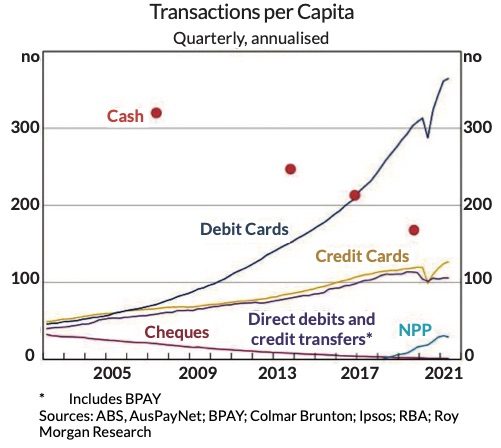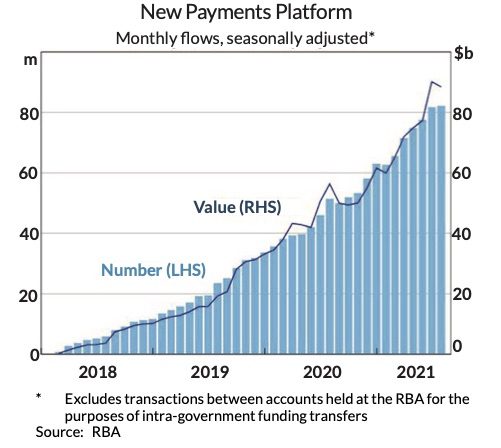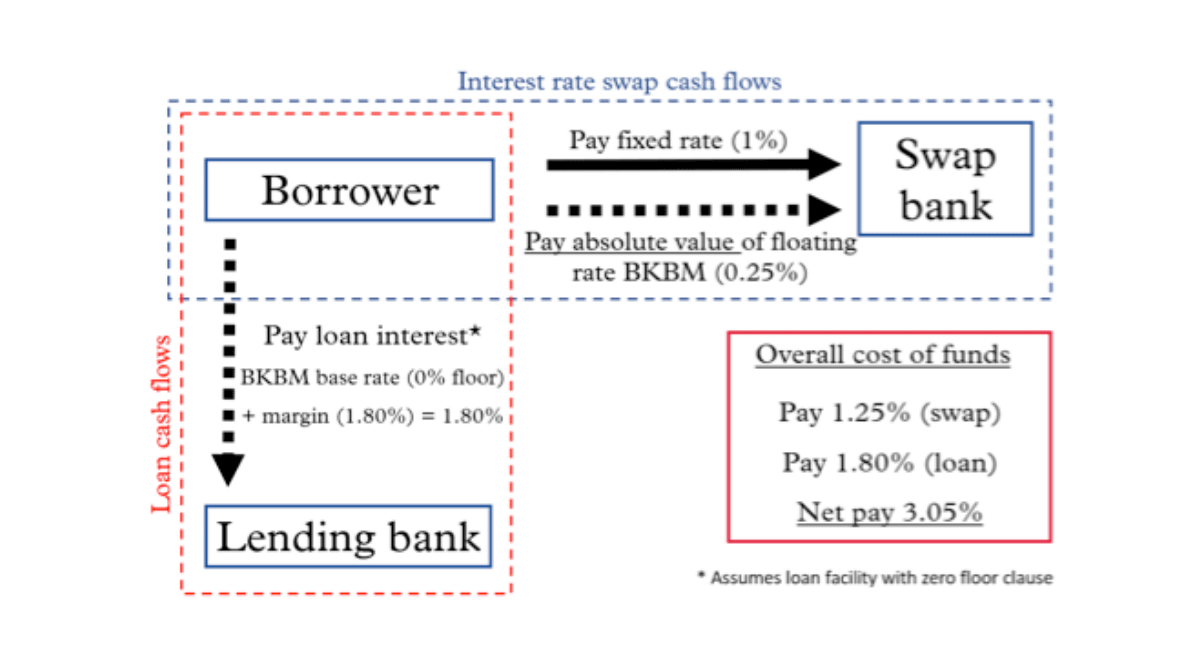The team at Bancorp Group have put together some insights into the Treasury and Debt markets of Australasia as we head into quarter two of 2023.
Corporate finance insights
Bank funding margins / appetite
Our corporate finance team has been busy closing a number of corporate funding/refinancing deals, covering both bank and non-bank solutions and working across both sides of the Tasman. Bank pricing dynamics remain extremely variable, and with little consistency in terms of which banks are ‘hungry’ on a particular transaction. In a general sense, margins have stabilised, after trending higher through the back half of last year, but global banking woes could see a tightening of credit conditions – something US policymakers are certainly already warning about.
Bank line fee or commitment fee
A trend we have seen from some banks is a focus on facility utilisation and sizing. Alongside this we have seen instances where a bank has sought to change the definition of its pricing, from what is typically referred to in New Zealand as a line fee, to a commitment fee. Whilst defined differently, the cost outcome for the borrower is equivalent if the weighting of the fee on the undrawn or facility limit to the all-in pricing is proportionally equivalent. In practice, however, we have seen the bank seek to change the weighting as part of changing the definition, with the net result being a materially higher cost to the borrower.
The key message here being that any assessment of pricing needs to look at the effective cost to the borrower and there may be facility structures or other avenues that can be considered to meet both borrower and bank needs.
Providing end-to-end support across the funding tender / negotiation / documentation process, our funding experts are attuned to these banking sector trends and individual counterparty nuances. In a rapidly changing funding market, a little advice can go a long way to ensuring you get the best overall funding package – not just the ‘lowest’ price.
Non-bank funding
Whilst the Australasian market is dominated by bank funding, over recent years there has been a growing number of credit funds established. With now over 100 different funds active in the Australasian market there are opportunities for borrowers to establish funding arrangements that may better align with their needs and strategic objectives than are ordinarily offered through traditional banking arrangements. Each fund has a ‘sweet spot’ meaning the approach to market can be tailored to suit the situation.
By way of example we have completed transactions in recent months ranging in size from $6m to $135m, with these undertaken in different ways – from highly targeted approaches, where in one case only two funds were approached, with both delivering funding offers, through to broadly canvassed approaches, where in one transaction 43 different funders were approached in order to deliver a bespoke solution that best matched the client’s unique situation and growth aspirations.
For those looking for something a little different, talk to our funding experts.
Treasury Insights

(Bank) counterparty risk
Global banking sector stresses have provided a timely reminder that not all banks are created equal. While a good treasury policy will typically restrict treasury activities to highly rated counterparties (often A+ or above), provide for counterparty diversification, and regular counterparty exposure monitoring/reporting, those entities requiring an offshore banking presence can sometimes face limited choice and a banking environment unable to meet such sound banking partner thresholds. This can open up a weak link in treasury operations and one which can come back to bite if not carefully monitored and appropriate controls and governance processes established.
While credit ratings can be easily monitored (the RBNZ maintains a useful bank credit rating summary) and remains the most practical way of assessing bank health, the fact that Silicon Valley Bank was rated BBB (i.e. investment grade) just prior to collapse highlights that these ratings aren’t failproof. Few realise that a BBB rating approximates a 1 in 30 probability of default over five years (versus a 1 in 300 probability for a AA rated entity). While the lessons of the GFC have undoubtedly faded over time, the return of capital should always trump the return on capital.
Current events should be a prompt to all businesses to ensure they are appropriately managing their counterparty risks and have good visibility and internal governance around where the cash sits.
Interest rate volatility
Financial market turbulence has returned with a vengeance, particularly to interest rate markets. The New Zealand 2-year swap for example, has fluctuated between 4.65% and 5.55% over recent weeks (including a 30bp fall in one day), as central bank hiking expectations got doused by global banking sector risks. For those tasked with managing interest rate risks, recent moves highlight the importance of adopting a continuous approach to (interest rate) risk management, via regular dialogue and proactive strategy setting and review.
After more than 35 years in the treasury advisory space, we’ve found that short/sharp monthly updates provide a useful prompt to reassess hedging strategies, also acknowledging the myriad of competing demands on staff time. While all decisions should be made with the best available information to hand, the forward looking nature of the decision inputs invariably means hedging strategies need to be responsive to ever changing dynamics – both internally (business exposures) and financial market driven (pricing). In the case of interest rate hedging, decisions made today can have implications for many years to come.
Be sure your finance team has the expert support to make those decisions when opportunities present.
Are you ready for 365 day banking
The planned May transition from ‘business day’ to 365 day banking in New Zealand has the potential to disrupt settlement and cash management processes for some, with impacts likely across direct debit and payment timetables, cash balance optimisation, interest calculations and sweep arrangements.
If it is something you are working through and want to check reasoning/logic, or have other ‘pain-points’ across the transactional banking, merchant services or cash and liquidity spectrum, talk to one of our transactional banking experts.
Strategic Partnership
Magma Capital
Our local presence in both NZ and Australia has grown via the formalisation of our strategic partnership with Magma Capital. Magma brings over 30 years of experience in debt funding and arranging and being based in Australia, offers our clients further access to funder relationships ‘in market’ and from the principals’ time working with, and in, offshore markets.
Castlerock Partners
Castlerock has recently announced its fifth investment, with Brooklands Pet Products set to join Majestic Horse Floats LP, Hell Pizza, Vivo Hair Salon & Skin Clinic and The Tile Depot in Castlerock’s portfolio.

Castlerock is an open-ended income oriented private equity fund that invests for the long term and is backed and managed by Bancorp. With hands-on exposure to running a set of diversified NZ businesses, is it any wonder we have a reputation for providing clear and practical advice and for being well attuned to the relevant business issues of the day?
For advice or assistance, talk to the Bancorp’s experienced treasury and corporate finance teams. Call us on +64 9 309 8270 or fill out our contact form here.












